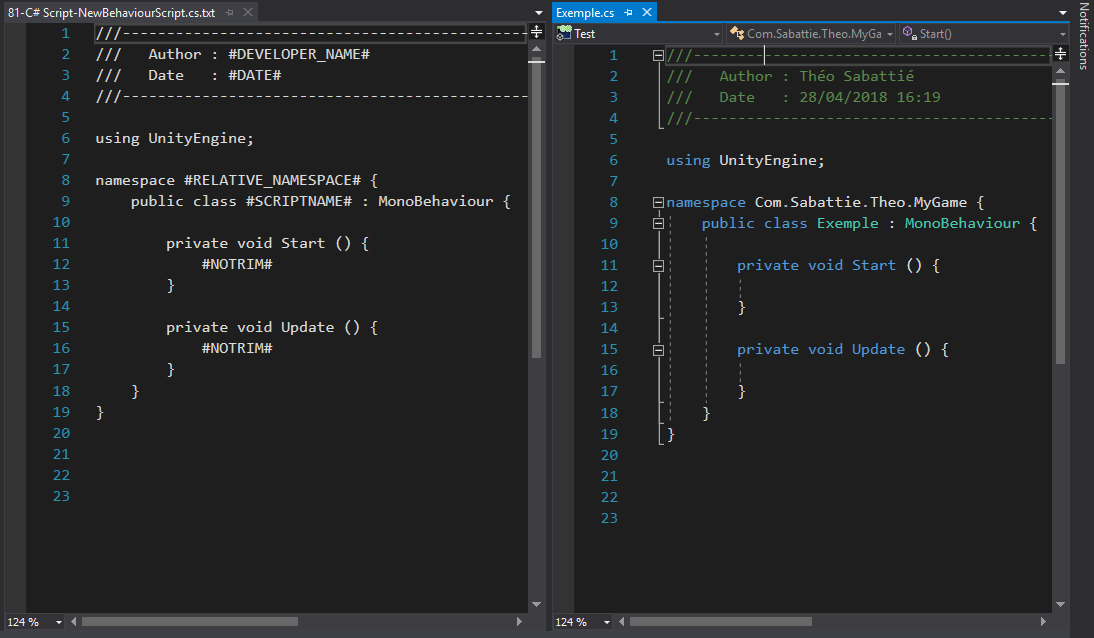

Google for how on your particular mobile target, such as this answer or iOS: or this answer for Android: If you are running a mobile device you can also view the console output. You could also just display various important quantities in UI Text elements to watch them change as you play the game. You can also call GameObject.CreatePrimitive() to emplace debug-marker-ish objects in the scene at runtime. You can also call Debug.Break() to pause the Editor when certain interesting pieces of code run, and then study the scene manually, looking for all the parts, where they are, what scripts are on them, etc. If your problem would benefit from in-scene or in-game visualization, Debug.DrawRay() or Debug.DrawLine() can help you visualize things like rays (used in raycasting) or distances. You can also supply a second argument to Debug.Log() and when you click the message, it will highlight the object in scene, such as Debug.Log("Problem!",this) Knowing this information will help you reason about the behavior you are seeing. are you meeting ALL the requirements to receive callbacks such as triggers / colliders (review the documentation) what are the values of the variables involved? Are they initialized? Are the values reasonable? is this code even running? which parts are running? how often does it run? what order does it run in? To help gain more insight into your problem, I recommend liberally sprinkling Debug.Log() statements through your code to display information in realtime.ĭoing this should help you answer these types of questions: you're getting an error or warning and you haven't noticed it in the console window the code is executing on another GameObject than you think it is the code is executing far MORE OFTEN than you think the code is executing far LESS OFTEN than you think the code is executing far EARLIER or LATER than you think the code you think is executing is not actually executing at all What is often happening in these cases is one of the following: Once you understand what the problem is, you may begin to reason about a solution to the problem. You must find a way to get the information you need in order to reason about what the problem is. Otherwise, if it's just a bug you have in the code above, time to start debugging! Here is how you can begin your exciting new debugging adventures: Or you could implement AnimationEvents to decide when the animation has ended. You can inhibit the decision making with some kind of cooldown timer.Ĭooldown timers, gun bullet intervals, shot spacing, rate of fire: It might even fail because you're restarting it every frame. so any attack it starts it will soon fail if the player moves aside. If you post a code snippet, ALWAYS USE CODE TAGS: If (Physics.Raycast(transform.position, transform.TransformDirection(Vector3.forward), out Hit)) Basically the animation is just idle all the time and doesn't tag the Player even though I have set a tag specifically for it. Then I wanted to expand on that idea so whenever this zombie sees the Player it starts doing another animation like attack but I have trouble making the raycast work.
#UNITY FORUM CODE TAGS HOW TO#
I watched a youtube video on how to make the animation work and stuff.

So basically I want to create a Zombie Horde game and I used a model from mixamo and imported all the animations that I wanted.


 0 kommentar(er)
0 kommentar(er)
